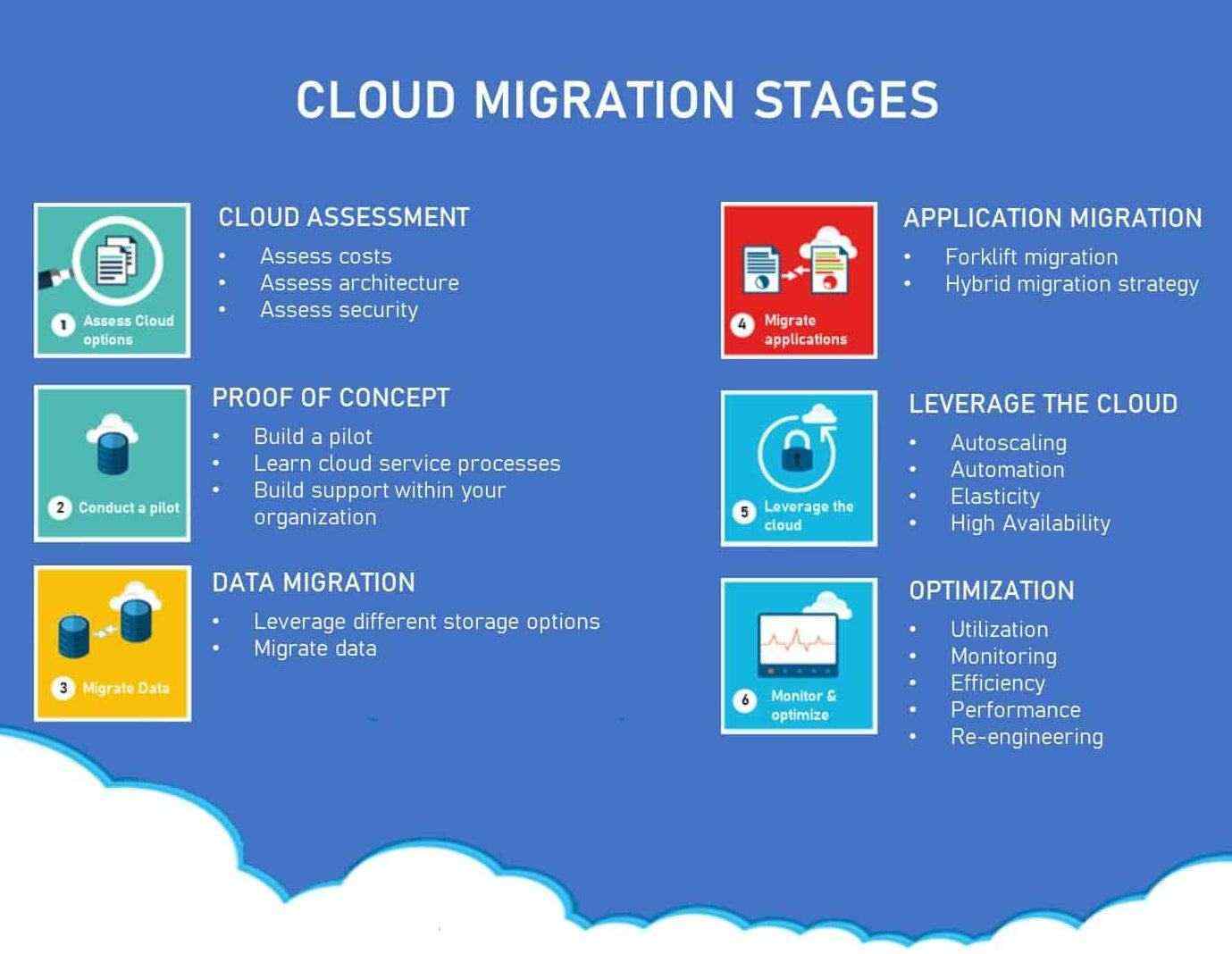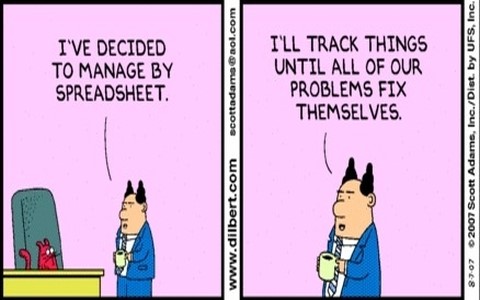Cloud is the new way to Computing. Most often, "cloud migration" describes the move from on-premises or legacy infrastructure to the cloud. However, the term can also apply to a migration from one cloud to another cloud. Cloud migration is not only a technical change it also requires the strong leadership support.
Fundamentals to cloud migration success are: Get stake holders and senior leaders aligned, set measurable top down goals that enables your company to transform and modernize, train your team that enables them to operate on the cloud. You are good to go !
Challenges most cloud migration project faces
My experience with multiple migration projects tells me that choosing the right migration strategy is never an easy task. Migrating to cloud provides operational agility and flexibility by automatically scaling capacity as per the demand and allowing teams to collaborate around the globe. Ensuring a smooth cloud transition can be a challenge to the best of the teams. It may entail taking servers off-line and cause applications outages which can hinder performance if not supported by backups.
Data is the most vulnerable during migration and might become unavailable or be at risk of breach. Security is the number one barrier that prevents businesses from adopting the cloud, and for good reason. Companies must take extreme precautions to minimize breach risk by applying cloud security features like encryption and access control.
New IP addresses, new roles, new access control, server consolidation or separation, existing applications may have difficulty communicating with newer cloud environments, and companies might have to adapt their processes to their cloud provider. New way of computing is the key here, up-skill your department well in advance. Whenever you introduce a new technology to your business, you need to ensure that everyone who uses that technology is on board.
The worst thing you could possibly do when it comes to cloud migration is try to move everything onto the cloud at once. Breaking down your cloud migration into stages, is the ultimate key to success.
Almost all companies get the cost of migration wrong. Cloud migration is a highly complex, extensive and multi stage process. Each stage is associated with its own set of technicalities, risk, process uniqueness, various costs, security, challenges, up time and degree of automation already in place. Redesigning is the key component in Cloud Migration, most people get it too undervalued and fail to get the associated costs right. This becomes a sub project, and without the time, scope, and quality parameters, can fail too easily. Thus risking jeopardizing the entire cloud migration.
Compliance can be another challenge for some highly regulated industries like finance, health care, and government, some cloud platforms have specialized offerings to meet compliance requirements more easily. Companies are responsible for implementing the right solutions for their needs.
Moving individual workloads can be straightforward, but planning a large-scale migration requires extensive planning across the organization.
Not every application can move easily. Which do you keep, and which do you wreck and rebuild? Legacy applications are the most difficult to move to cloud. Not every process need to migrate to cloud or even worth migrating to cloud.















